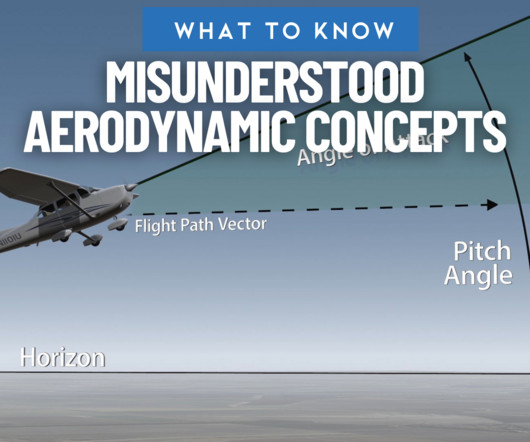What Is Bernoulli’s Principle? A Simple Guide for Pilots
Pilot Institute
MARCH 13, 2025
Airfoils use this principle, with faster airflow over the top creating lower pressure. Wing Camber Wing camber defines how much more curved the wings upper surface is compared to the lower surface. Engineers use Bernoullis principle to shape airfoils to optimize the pressure difference needed for efficient lift generation.













Let's personalize your content